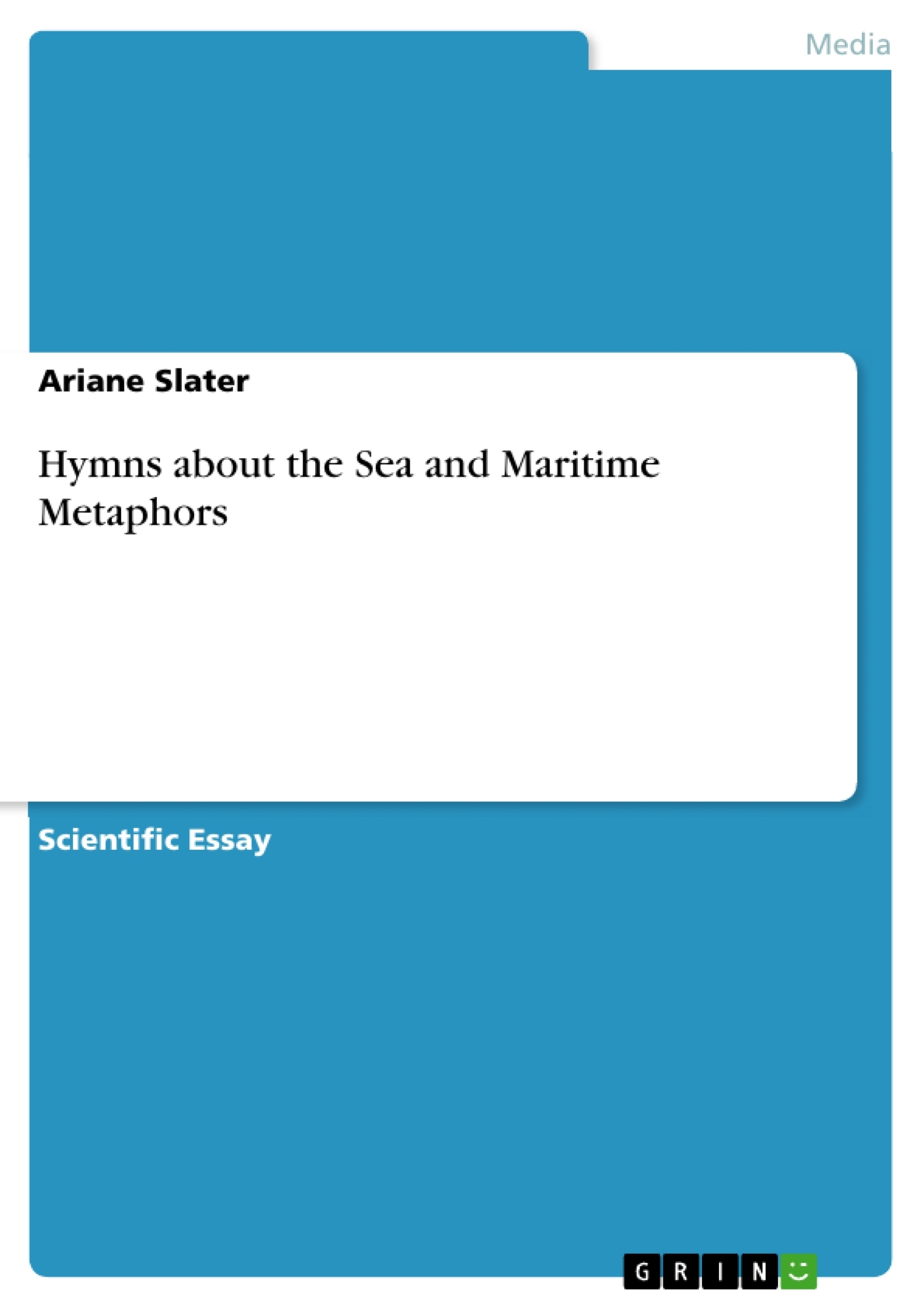Maritime hymns are part of what is generally referred to as ‘maritime literature’ – a term used for fictional and non-fictional texts about the sea. Maritime hymns are not just Christian hymns written for sailors. They take us on a metaphorical sea journey which surpasses any national and denominational boundaries. Comparing maritime hymns from Germany with those from England and the U.S. has revealed that the sea journey of the soul is an archetype which forms an intrinsic part of our European cultural and spiritual heritage.
Table of Contents
- Introduction
- Sea Hymns
- Hymns for the Navy
Objectives and Key Themes
This study examines maritime hymns and their role in shaping religious beliefs and values, particularly within the context of naval communities. It explores how these hymns utilize nautical imagery to address themes of faith, life, death, and salvation. The main objectives are to analyze the use of maritime metaphors in hymns, to identify key themes and motifs within this genre, and to compare and contrast maritime hymn traditions in Germany, England, and the United States.- Nautical imagery and its symbolic significance
- The role of maritime hymns in shaping religious beliefs and values
- Comparisons of maritime hymn traditions in different cultures
- The impact of historical events and cultural contexts on maritime hymns
- The evolution and contemporary use of maritime hymns
Chapter Summaries
Introduction
The introduction introduces the concept of the "sea topos" – a recurring theme in literature and culture – and explores how maritime metaphors are used in hymns to express universal human experiences.Sea Hymns
This chapter examines the history and development of maritime hymns, highlighting their diverse nature and the various nautical elements they employ. It discusses the importance of context and the intended audience in interpreting these hymns.Hymns for the Navy
This chapter focuses on the unique characteristics of hymns specifically written for naval soldiers, considering their historical context, the target audience, and the specific challenges faced by naval personnel. It compares the German, English, and American naval hymn traditions, exploring their similarities and differences.Keywords
The main keywords and focus topics of this text are: maritime hymns, sea topos, nautical metaphors, religious beliefs, faith, life, death, salvation, naval history, hymn traditions, Germany, England, United States, cultural context.
Excerpt out of 16 pages
- scroll top
- Quote paper
- Dr. Ariane Slater (Author), 2008, Hymns about the Sea and Maritime Metaphors, Munich, GRIN Verlag, https://www.grin.com/document/139405
Look inside the ebook



